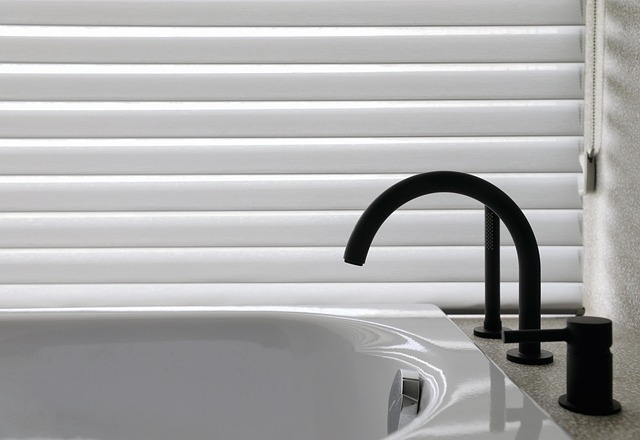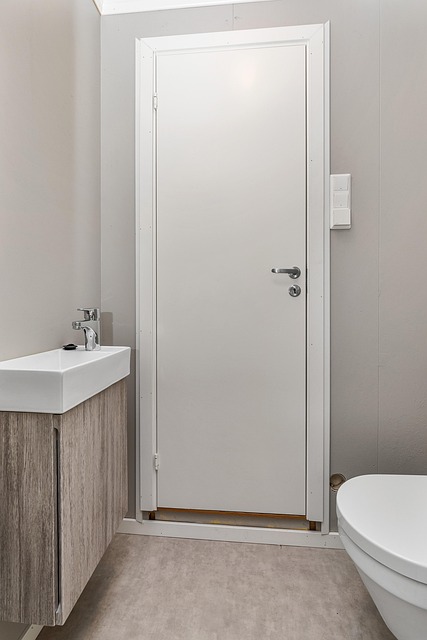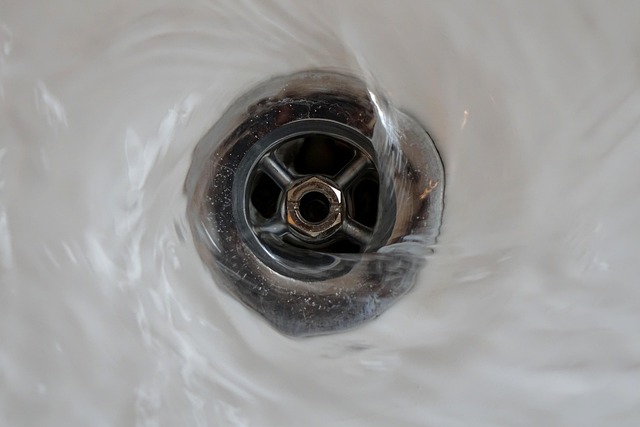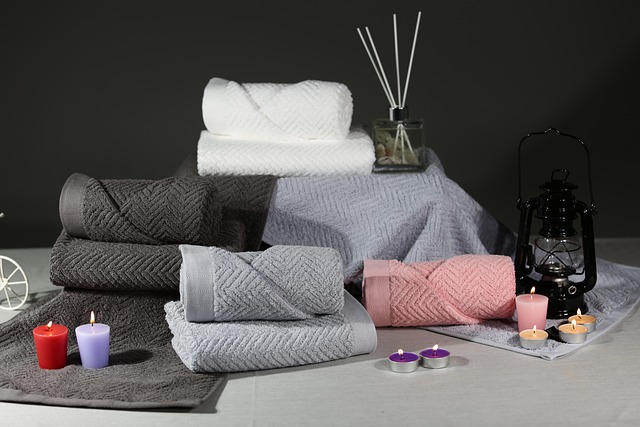Neutralize Your Bath: Creating a Family-Friendly Space with Color

When planning a bathroom remodel with family-friendly use in mind, prioritize a neutral color scheme…….
Introduction
A bathroom remodel tailored for a family-friendly environment is not merely an aesthetic upgrade; it’s a strategic enhancement that prioritizes functionality, safety, and accessibility for all ages. This comprehensive article delves into the nuances of remodeling a bathroom to cater to the diverse needs of a family. We will explore the significance of such renovations, their impact on daily life, and how they can transform a space into a welcoming and inclusive oasis. By the end of this article, readers will be equipped with insights to navigate the complexities of a family-friendly bathroom remodel, ensuring that the final design meets both practical requirements and individual preferences.
Understanding Bathroom Remodel for Family-Friendly Use
A “Bathroom remodel for family-friendly use” encompasses designs and features that serve the entire household, from young children to aging adults. It involves the selection of materials, fixtures, and layouts that are safe, durable, and adaptable over time. The core components include:
Historically, bathroom designs have evolved from basic functionality to luxurious spas. The shift towards a family-friendly approach represents an inclusive step forward, ensuring that design choices cater to all users’ needs. This evolution underscores the importance of anticipating future requirements within the household, making the space both versatile and user-centric.
Global Impact and Trends
The trend towards family-friendly bathroom designs is a global phenomenon, with variations in influence and execution across different regions. In North America and Europe, there’s a growing emphasis on universal design principles. In contrast, emerging markets like Asia are rapidly modernizing their homes to include more spacious and functional bathrooms due to increased disposable income and awareness of healthy living practices.
Key trends shaping this trajectory include:
The global impact is significant, as bathroom remodels are a reflection of societal values and lifestyle changes, making this topic relevant across cultures and demographics.
Economic Considerations
From an economic perspective, the bathroom remodel market presents both opportunities and challenges. Market dynamics reveal a growing demand for family-friendly designs, which has led to increased investment in innovative products and services. The role of “Bathroom remodel for family-friendly use” within economic systems is multifaceted, influencing construction, manufacturing, and retail sectors.
Investment patterns suggest that consumers are willing to allocate a portion of their budget to enhance the functionality and aesthetics of their bathrooms, recognizing it as a valuable investment in their home’s comfort and value. The economic impact extends beyond individual households, affecting labor markets and creating demand for skilled professionals in design, construction, and engineering.
Technological Advancements
Technology has revolutionized the way we approach bathroom remodels. Smart toilets with self-cleaning capabilities, touchless faucets to minimize water usage, and advanced heating systems are becoming more commonplace. Innovations in waterproofing technology ensure that electronics integrated into the bathroom can be safely used without the risk of damage from moisture.
The future potential of these advancements lies in their integration with smart home ecosystems, allowing for voice-activated controls and data analytics to optimize resource use and personalize user experiences. As technology continues to advance, we can expect even more innovative solutions that will redefine family-friendly bathroom remodels.
Policy and Regulation
A myriad of policies and regulations govern the design and construction of residential bathrooms. These include building codes, accessibility standards, and environmental regulations that influence material selection and installation practices. In the United States, for example, the Americans with Disabilities Act (ADA) sets forth minimum requirements to provide accessibility to individuals with disabilities.
Legislative frameworks in Europe, such as the European Standard EN 14040, offer guidelines on designing for all ages and abilities. These regulations play a pivotal role in shaping the industry, ensuring that bathroom remodels are safe, accessible, and sustainable. Compliance with these policies is not only a legal requirement but also an ethical commitment to creating inclusive spaces.
Challenges and Criticisms
One of the primary challenges faced by family-friendly bathroom remodels is balancing aesthetics with functionality without breaking the bank. Another issue is adapting existing spaces to meet the needs of all family members, particularly when dealing with constraints such as limited square footage or outdated infrastructure.
Criticisms may arise regarding the cost and potential oversight of trends that prioritize style over substance. There is also a need for more research and data on long-term usage patterns and the efficacy of certain design choices, particularly as demographics continue to shift with larger families and aging populations.
Family-Friendly Bathroom Remodel Case Studies
To illustrate the practical application of these concepts, let’s explore a few case studies:
A family with young children opts for non-slip flooring, corner sinks, and cabinetry within reach of little ones. They install a bathtub with a handrail on one side to accommodate their growing children as well as any future accessibility needs.
An empty-nester couple decides to remodel their bathroom for aging in place, incorporating features like a walk-in shower with a built-in seat and grab bars, along with lever handles and higher toilets for easier use.
A homeowner with a diverse age range within the household selects universal design elements, ensuring that each member can navigate and use the bathroom comfortably. This includes a zero-entry shower with a handheld sprayer, ample lighting, and ergonomic fixtures.
Conclusion
A “Bathroom remodel for family-friendly use” is a multifaceted project that requires careful planning and consideration of the needs of all household members. By understanding global trends, economic implications, technological advancements, policy frameworks, and addressing challenges and criticisms head-on, homeowners can create a bathroom space that is both beautiful and functional. The examples above demonstrate how thoughtful design choices can meet the diverse requirements of any family, making the bathroom a safe, enjoyable, and accessible place for years to come.

When planning a bathroom remodel with family-friendly use in mind, prioritize a neutral color scheme…….

Designing a family bathroom prioritizes non-porous, easy-to-clean materials like porcelain and ceram…….

Transforming a bathroom into a kid-friendly space requires balancing accessibility, safety, and aest…….

When remodeling for a family-friendly bathroom, prioritize individual needs with ample counter space…….

In modern lifestyles, bathrooms have become communal spaces, necessitating larger, multi-user mirror…….

Slip-resistant flooring is paramount in family bathrooms to prevent accidents. Materials like natura…….

A neutral color scheme in family spaces, particularly bathrooms, offers a practical and aestheticall…….

In shared bathrooms, optimizing space and user experience is key. Installing compact yet high-capaci…….